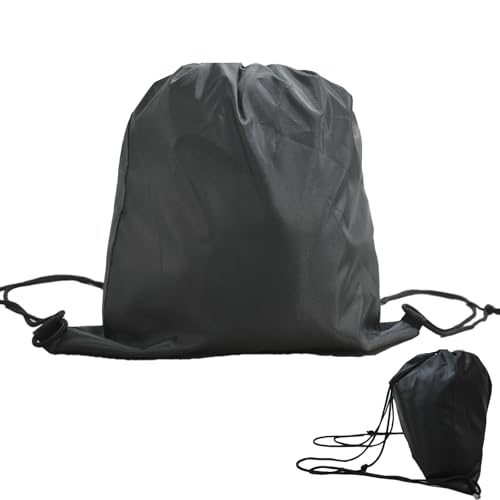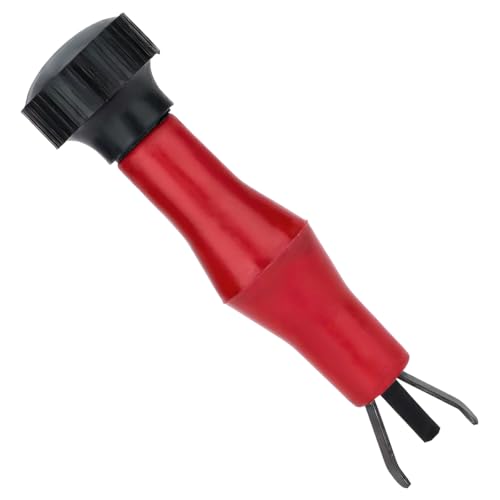Here you go ZZ
10/26/03 Update:
Thanks to Raymond Fraley
First let me say thanks, for the home built Electric Vest Info. Next I just want to pass on important info concerning the home built vests. I noticed that the last update for the article was in 1997. The wire provider Company has changed somewhat, it is now called NEWARKINONE and the wire part number is no longer a good number and can-not be crossed referenced by NEWARK PERSONELL. Based on the wire description in the article I believe I was able to get the proper wire. The wire I got was Belden wire, part # 02F4674 30 awg teflon insulated high temp 7 strand silver plated copper total cost incl. shipping was $18.75, this was the part # for the red wire, color doesn't really matter. My wife made a vest and I wired it for her and it has kept her warm the couple times she used it, I just completed one for me and will try it in a day or two. Had about $30.00 and about 4 hours invested in one vest, It is a great project for a crappy weather day when rideing would not be fun. About 30 ft. of wire per vest should give three vest from one spool of wire. 100 ft. spool is only way you can purchase.
This document had been online for a long time (
https://www.Horion.it.luc.edu/~shuff/electrics.html). -- I'd looked at it at least a year ago, and again just a few weeks ago. That was when I printed it. I now find that it's no longer up at its old location, so I am posting it here. Sue was the original author of this document, and she refers to a Mark Rotman as a previous source. I don't claim any originality at all in this - I'm just trying to make this valuable resource available to anyone who wants it.
Marc Mauss
Sue's recipe for Electric Motorcycle Clothing
Back in 1994, someone gave me a copy of an article that described how to make an electric vest. There was only one clue as to the article's origin and that was the author credit: Mark Rotman, GWRRA #33440. So I'm guessing it was from some GoldWing riders' newsletter. I used the article to create an electric vest (which 3 years later I'm still wearing) and now I'd like to offer my own electric clothing 'recipe' for others to use.
Rest assured, you don't need an engineering or electrical background to accomplish this project. (I'm writing this with a person like me in min& very basic stuff!) You need to know an approximate amount of current available on your motorcycle. In many owner's manuals, you can find the number of amps that your bike produces and factor in how much is left over after supplying juice for various functions. Be careful not to overload the system. I was stranded in downtown Chicago on a subzero night because I had used the vest and was experimenting with heated glove inserts and the bike wouldn't start when I left work. The combination proved to draw too much from the alternator. Not good.
I'm only going to give guidelines here. The specifics, like whether to make a vest or jacket or gloves, or how much heat you want, are left up to you.
Stuff that you need:
• wire: 30 gauge, multistranded, teflon coated copper, usually comes in a 100' spool, Order form any electronics supplier. I ordered from Newark Electronics who have locations everywhere. In Schaumburg IL, call (84 7) 310-8980. Their product was called "hook-up wire, "part 36F61OWA. Price in 9197 was $14.20
• wire or lampcord: any 16-18 gauge, insulated wire, like a lamp cord; this wire runs from the vest to the battery so the length is up to you to figure out
• fuse holder: I used an inline holder
• fuse: number of amps depends on how much juice your vest will draw; my vest was only 4-5 amps so I use a 5 amp fuse
• switch: this is optional; I put one on my vest so I could turn it on and off as I ride without having to unplug it from the battery
• connectors: you choose! I used crimp barrel connectors to successfully connect the very fine 30 gauge wire to the 16 gauge cord. Not easy! Experiment and let me know what worked for you.
• tongue lugs: or something to easily affix the wire to the battery post
• some kind of plug/socket or cigarette lighter combination: to securely connect (but to allow for quick disconnect should you walk away from your bike and forget to unplug!) the wires from the battery to the wires on the vest
• Stitch Wichery stuff: purchase this from any fabric store; it creates a bond between 2 pieces of fabric when ironed
• The item of clothing and some cloth: read on...
Step-by-step
1. What do you want to electrify? I used the quilted vest that snapped into my Hein Gericke jacket. You could also use any jacket that's light enough to wear under your leathers or riding suit. I just finished electrifying the thermal liner that velcros into my First Gear Expedition suit pants.
The principle here is that you're going to make something similar to an electric blanket. You'll be sandwiching the wires between your vest or whatever and another piece of material.
Another option is to thread the 30 gauge wire on a quilting needle (which has a large enough eye) and sew the wire right into the fabric of your vest. That would only work if the vest was quilted. I opted to do this with my pants and it worked just fine. Make sure the wires are not against your clothes or skin; they get hot and could bum. Don't ask how I know that.
2. How much heat, how many amps, how many watts???
Two physics equations help us here:
Voltage = Ohms (resistance) x current (amps)
Watts = voltage x current (amps)
We know the voltage .... most motorcycles have 12 volt batteries. The 30 gauge wire is 1 ohm per foot of wire. So. 30 feet of wire equals 3 ohms. So, based on the first equation, we now know that 30 feet of our wire draws 4 amps of current.
Based on the second equation, we also know that the watts produced by our electric vest will be approximately 48. From here you can figure out how much wire to use to meet your heat needs and not draw too much from your m/c.
On the pants I made, I used 20 feet of wire which means it draws 6 amps from the bike and produces 72 watts. And it's plenty hot, maybe even too hot.
Assembly
Our mission is to create a loop of electricity that runs from the motorcycle battery to the electric clothing. Keep that in mind as you read through the assembly steps.
I put a loop off the battery (a wire from the positive post with the inline fuse holder and a wire from the negative post and joined them into a plug that hangs from the battery all the time). This could be a cigarette lighter type thing; that's what I used on my first attempt.
When I get on the bike, hanging off the bottom right side of my vest is a socket that mates with the plug hanging off the battery. A very kind friend sent me some cool plugs and sockets on pigtails so I didn't have to shop for those. They should be readily available from any Radio Shack or other similar electronics store. I also put the switch on the wire coming off the vest.
The hardest part of the process is affixing the wires to the vest. Thirty feet of very fine wire is tough to work with. The object is to lay the wire so that there's equal heat distribution. Run it up and down the front of the vest, each side, and then up and down the back, and back around to meet the other end of the wire in front. See diagram. But how do you lay the wire down, put the stich witchery on top and then cover with the fabric? It's tricky. The original author recommended cutting the wire to the right length and then working one section at a time. Put the wire in place on your vest, front right side, use scotch tape to keep the wire in place. Put the stichwitchery on that section over the wires, put the other fabric in place and iron according to the instructions on the stitchwichery package. Repeat for the back and then for the front left side. This is the hardest part! Be patient and take your time. Doing this part correctly the first time will save a lot of time and energy.
When you've got the wires sandwiched between the vest and the fabric, I'd recommend stitching around the edges so the wires aren't tempted to wiggle out (like mine did).
Again, instead of the stitchwichery route, you might try sewing the wire into a quilted vest, like I did with the thermal liners in my pants.
Ok, the next task is to take those two little teeny-weeny wires that are coming off your vest and connect them as permanently as you possibly can to the lamp cord or whatever larger gauge wire you're going to use. This was my weak point and a repair I made over and over because I kept ripping the wires out. My most successful method (still unbroken after a whole year) was to use barrel crimp connectors. Peel back the insulation on the 2 wires (one 30 and one 16 gauge), hold them parallel to each other, carefully braid the strands of the 30 gauge with the strands of the 16 gauge, put the crimp connector over them and crimp as hard as you can. Then top off the connection with lots of electrical tape. Do the same with the other 2 wires and tape the 2 connections together and tuck them safely inside the vest. You might want to allow a loop as strain relief inside the vest (so when the wire gets accidently pulled hard, there'll be some slack to give before it breaks).
Here's where you can add a switch if you desire. Install it on the 16 gauge cord. Then connect the cord to the socket or whatever you choose to use (that will attach to the plug hanging off the battery.) If you ride a BMW that has an accessory socket on the bike, just buy the male plug to connect to the vest. Easy! And then you don't need the fuse.
That's about it. Please email me if you have questions. Mark Rotman, if you happen to land on this page, please contact me so I can give you my deepest thanks and ask you how to better cite the article you wrote.
last updated, 23 Oct 1997 (by Sue)






























































